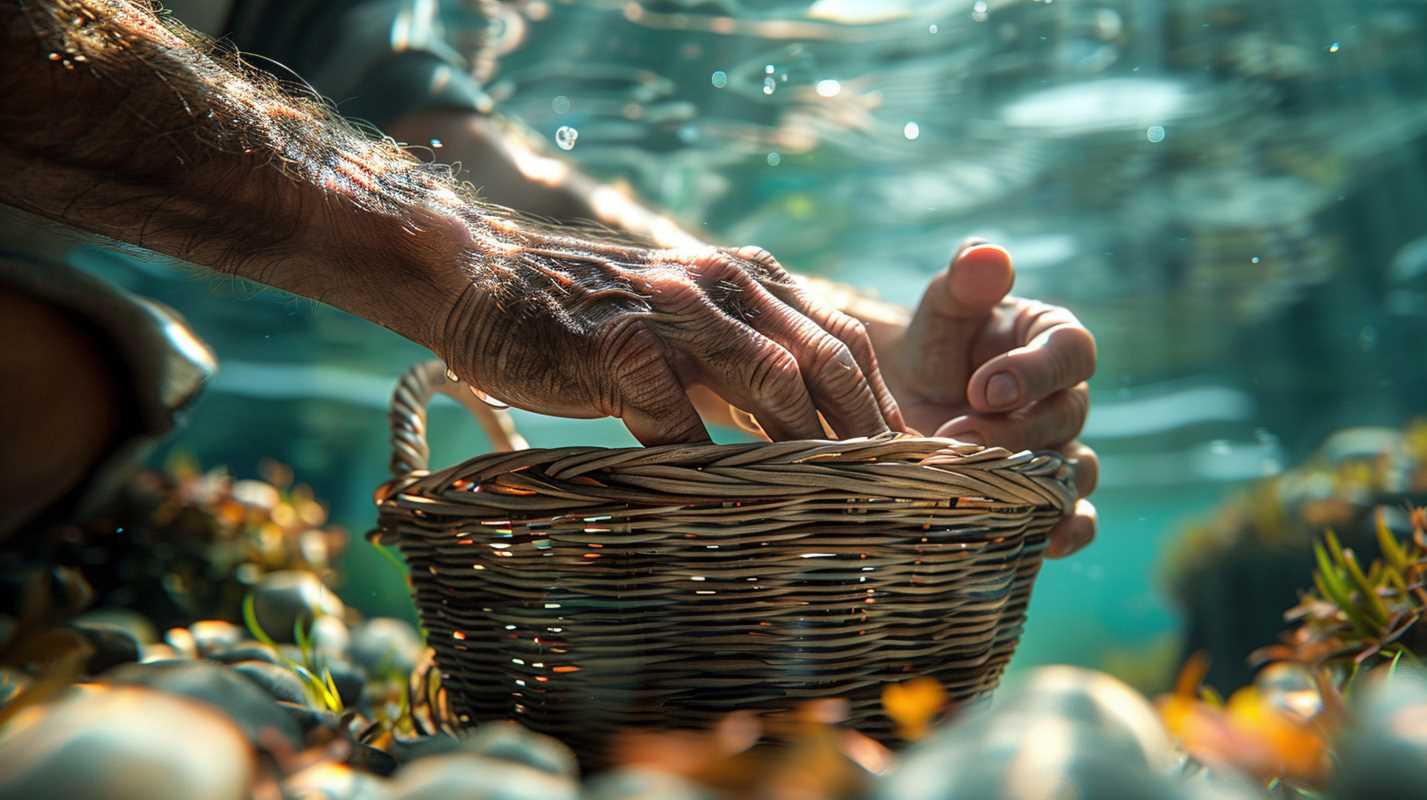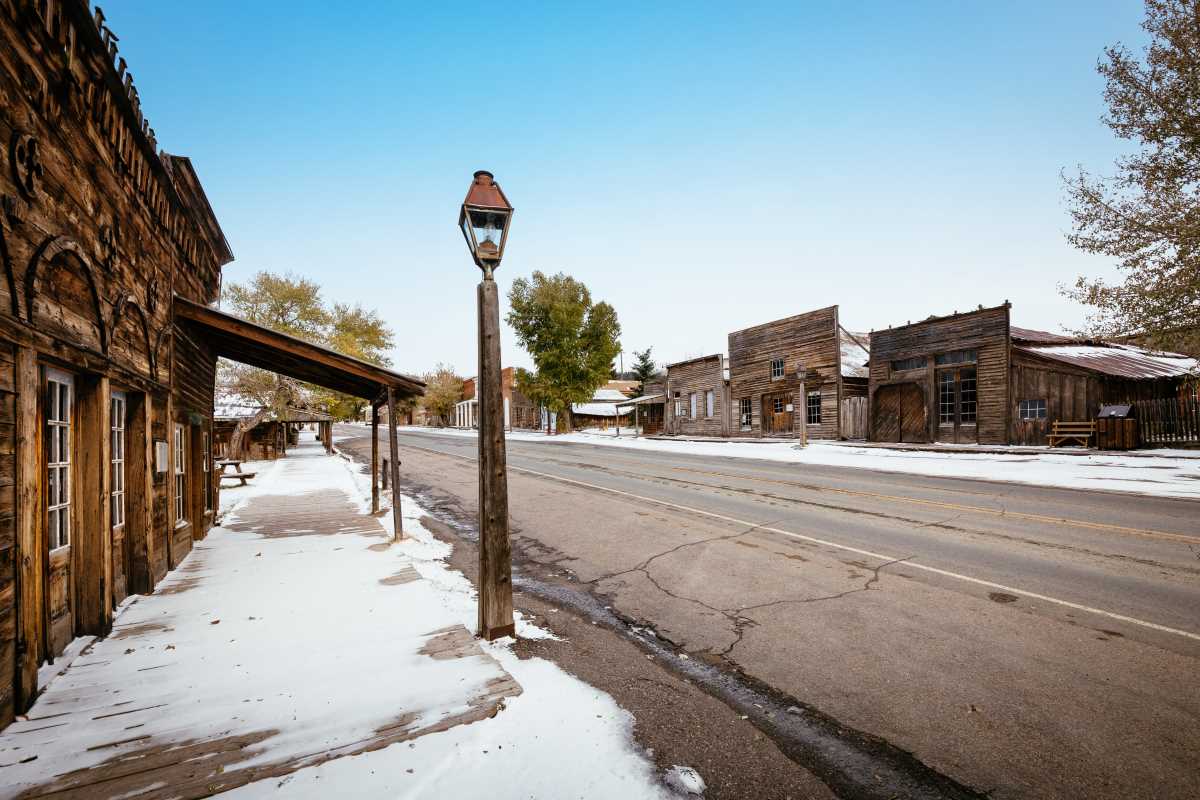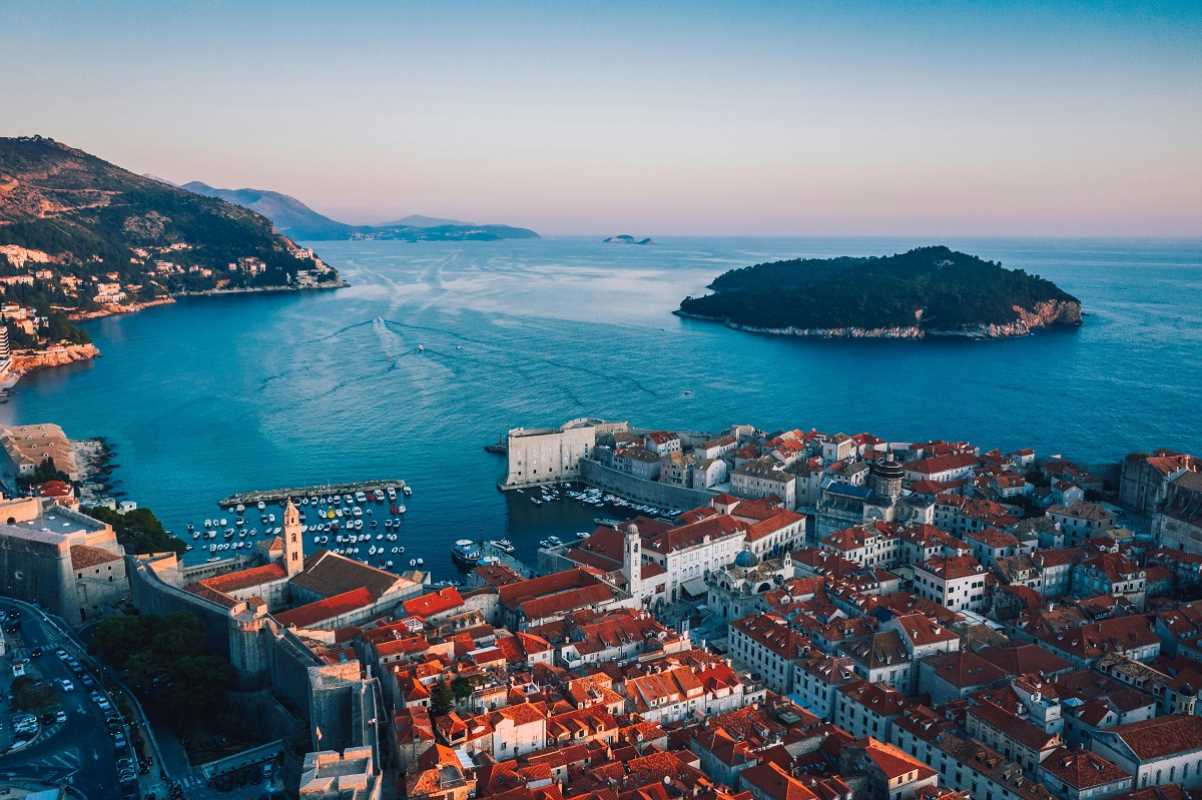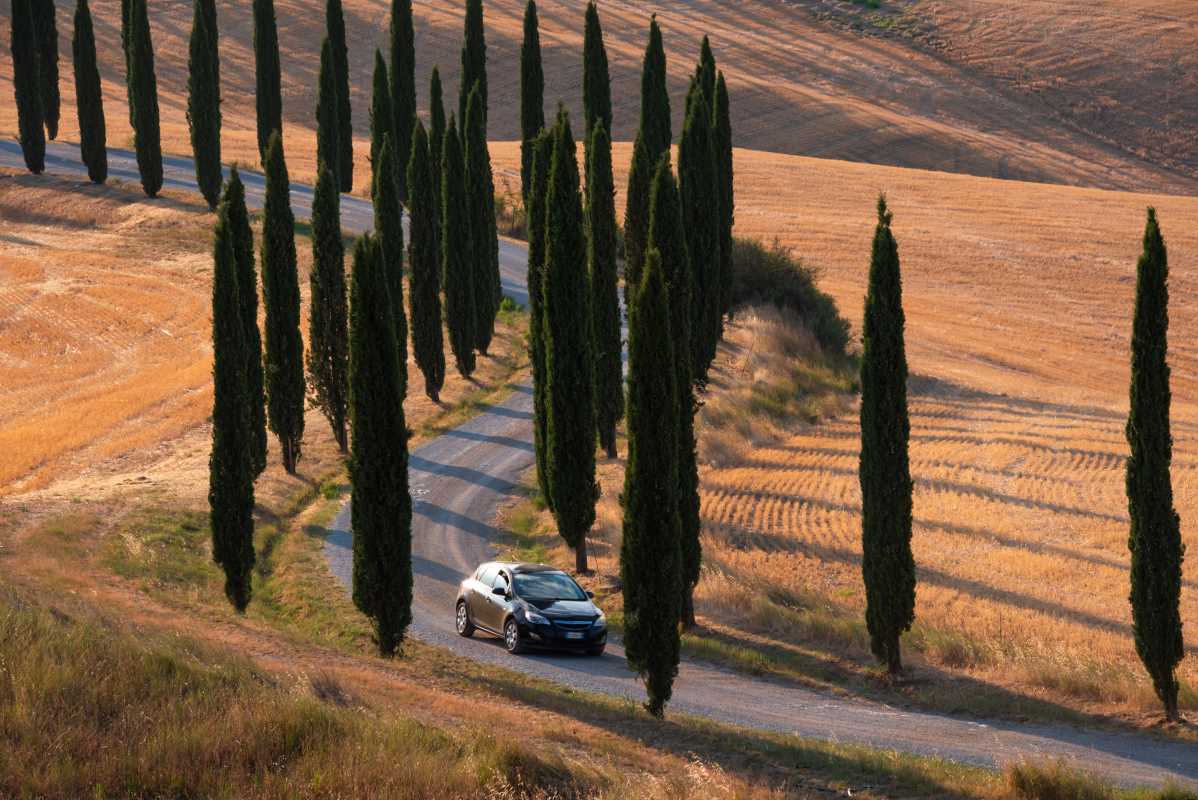On Cambodia’s sprawling Tonlé Sap Lake, life doesn’t just float by, it floats entirely. Tonlé Sap isn’t just a lake; it’s a living, breathing world teeming with history, culture, and a way of life that seems like something out of a storybook.
At the heart of this unique setting are its floating villages, offering an unforgettable experience to anyone adventurous enough to trade stable land for a few days of gentle bobbing on water. Intrigued? You should be. A trip to Tonlé Sap Lake is unlike anything you’ve experienced before and will transform your definition of what it means to “stay afloat.”
A Day in the Life of a Floating Village
Picture this: you wake up to the soft sway of your floating guesthouse as a fisherman glides past your window, casting his net in the early-morning light. The murmur of life gently stirs awake around you. Boats double as school buses, fruit stands, and even homes. This is life on Tonlé Sap. Vibrant, functional, and completely harmonious with the natural elements.
The floating lifestyle revolves tightly around the water. From sunrise till the stars emerge, locals make their livelihoods on the lake. Boats crisscross the water, carrying everything from groceries to livestock, while children paddle their own tiny canoes to school. Entire villages float on bamboo platforms or are elevated on tall wooden stilts to adapt to the lake's drastic seasonal changes.
What makes these villages so special is how they balance their practical needs with an undeniable charm. Markets float side by side with shrines; floating basketball courts are a crowd favorite, and nothing quite compares to watching floating houses glow under the setting sun. Life here feels at once simple and extraordinary, a reminder that humans are remarkably adaptable and creative when it comes to making the best of their environment.
Why Tonlé Sap Matters to Cambodia
Tonlé Sap Lake isn’t just a geographical feature; it’s the very heart and soul of Cambodia. Stretching across several provinces, this massive freshwater lake plays an essential role in the country’s culture, economy, and ecosystem. It’s a UNESCO-designated Biosphere Reserve, and with good reason.
Ecologically, Tonlé Sap works miracles. The lake expands drastically during monsoon season, transforming from a placid body of water into a sprawling floodplain that spans five times its dry-season size. This incredible shift supports one of the most biodiverse regions in Southeast Asia. Bird species like the painted stork and Asian openbill find refuge in its mangroves, while the lake itself teems with over 200 types of fish. For Cambodians, this bounty forms the backbone of the country’s food supply.
Culturally, Tonlé Sap provides deep roots. It’s home to Khmer communities that have existed for centuries in a delicate dance with the environment. Each floating village carries its own identity. Chong Khneas, for example, is known for its bustling tourism, while the village of Kampong Phluk offers an unfiltered peek into traditional life. These communities serve as a living record of ingenuity and resilience.
Tonlé Sap doesn’t just sustain life; it defines it. It’s a beating heart, pumping life into the country and reminding us of our place within the greater network of ecosystems.
Floating Stays for the Adventurous Traveler
If the idea of drifting off to sleep in a bed that gently sways with the water excites instead of unnerves you, Tonlé Sap’s floating accommodations are a must-try. These unique stays are an attraction in their own right, offering travelers the chance to immerse themselves in a way of life unlike anything else in the world.
Typically, accommodations in floating villages range from rustic wooden guesthouses to slightly polished eco-lodges. Forget marble bathrooms and infinity pools; here, luxury is waking up surrounded by serene waters and stepping out onto a boat for breakfast. Each floating stay reflects the culture of the villages they’re part of. Many guesthouses are family-run, bringing a personal touch that larger hotels can’t compete with.
Activities onboard and around your accommodation are equally captivating. Step into a kayak or small wooden boat to explore the twists and turns of the village. Shop for local crafts at floating markets that seem to float just out of a fairy tale. Enjoy freshly caught fish seasoned with Khmer spices so vibrant they practically hum. And, if you’re lucky, witness festivals where floating stages transform the lake into an outdoor theater.
Floating stays aren’t just about relaxation. They’re also a lesson in living sustainably. Many of these accommodations operate in harmony with the lake’s changing tides and biodiversity, using solar power and composting toilets to minimize their ecological footprint. Staying here is more than an escape; it’s an education in the beauty of coexistence.
Tips for Making the Most of Your Trip
Experiencing Tonlé Sap Lake to its fullest isn’t hard, but a little planning will elevate your stay from good to extraordinary. Here are some practical and fun tips to help make your visit unforgettable:
- Travel during the right season. Tonlé Sap transforms with the seasons. The wet season, from June to October, is when the floating villages are at their most magical, as water levels rise and everything feels alive. The dry season, from November to May, offers a closer look at stilted homes but less dramatic views.
- Choose your village wisely. Chong Khneas is great for first-timers but can be very touristy. For a quieter, more authentic experience, head to Kampong Phluk or Kampong Khleang.
- Pack light but smart. Bring comfortable clothes, insect repellent, sunscreen, and perhaps a sense of humor for missteps along the way (because this is adventure travel, after all).
- Hire a local guide or book through ethical operators. Knowledgeable guides enrich the experience with stories about the lake’s history and culture while ensuring your visit supports the local economy.
- Participate and connect. Engage with locals respectfully. Learn a few Khmer phrases, sample new foods, and be open to the unexpected joys of lake life.
With these tips in mind, your trip to Tonlé Sap will no doubt become a cherished memory.
The Magic of Coexisting Cultures on Water
What makes Tonlé Sap’s floating villages truly special isn’t just their beauty or resourcefulness. It’s their ability to blend ancient traditions with the demands of a rapidly changing world. The lake has always been a metaphorical bridge. It connects people to nature, binds past to present, and bridges the gap between old ways and modern innovation.
Historical pagodas can be spotted alongside newly developed solar energy stations. Dragons carved from wood rest peacefully beside LED-lit boats. The air is thick with incense, fish, and the faint hum of digital conveniences creeping in. It’s a dance, where neither tradition nor progress overshadows the other but works together to sustain life on water.
This coexistence speaks volumes about resilience, creativity, and the human spirit. The floating villages of Tonlé Sap are more than tourist destinations; they’re snapshots of adaptation and survival. They showcase not just a way of life but a philosophy, reminding travelers to stay buoyant, even amid life’s strongest currents.
Visiting Tonlé Sap is more than just a vacation; it’s an exploration of how life thrives when it adapts to the harmony of its surroundings. For every curious traveler, the lake offers a chance to not just float on water but to float within a world unlike any other.
 (Image via
(Image via
.jpeg)




